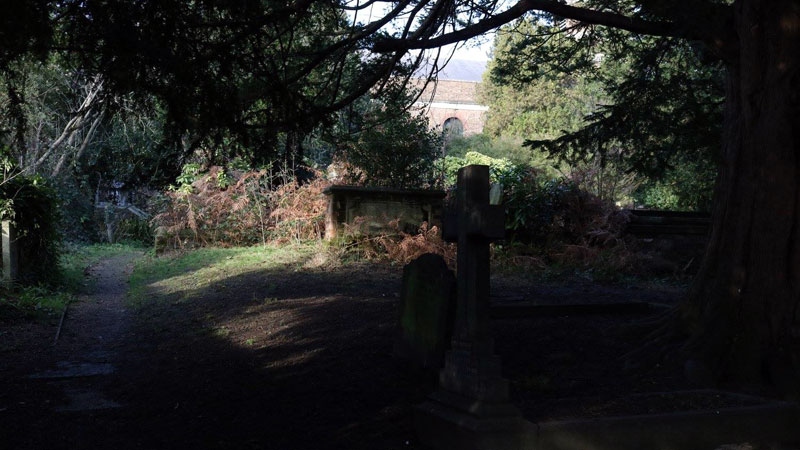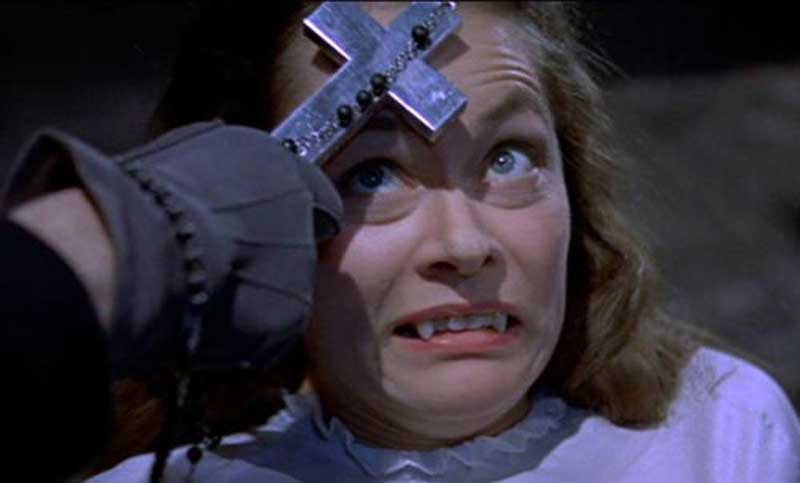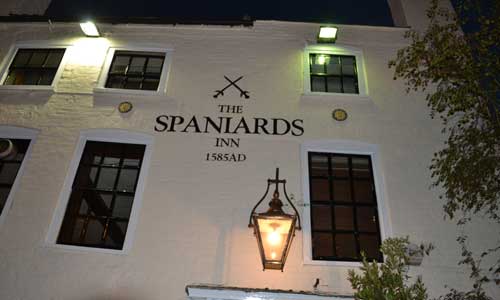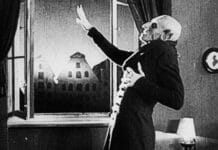JACOB MILNESTEIN puts on his walking shoes and investigates the real-life North London locations that inspired Bram Stoker’s Dracula

“And now we are all scattered, and for many a long day loneliness will sit over our roofs with brooding wings. Lucy lies in the tomb of her kin, a lordly death house in a lonely churchyard, away from teeming London, where the air is fresh, and the sun rises over Hampstead Hill, and where wild flowers grow of their own accord.”
Stretching from nearby Highgate to Golders Hill Park, Hampstead Heath is 790 acres of rolling hills and overhanging branches.
For a scant few days in the late 1890s, however, it was also the stalking grounds of the hideous Bloofer Lady, the famed Lucy Westenra.
Bram Stoker’s 1897 novel, Dracula is known through countless iterations and retellings, a book that has entered the realm of pop culture in a way that much of his fiction can now be mistaken for fact, despite the inherent superstition of it all.
There was no real Lucy Westenra, just as there was no real Dracula, and yet despite this the resonance of the scenes depicted in Stoker’s novel become shocking anew when placed within the context of their original locations.
Researching Dracula in Hampstead Heath
Therefore, in an effort to straighten out the events of the book, we took a stroll through Hampstead in an attempt to understand exactly where these events took place.
Presumably equated with the West Heath, Lucy is described as having been interred in family tombs in a church near what is called Hampstead Hill.
As one of Lucy’s victims is found barely alive on the edge of the Heath and as Seward and Van Helsing take a cab from outside the Spaniard’s Inn, it seems fitting to place Lucy’s midnight wanderings as specific to this area.
The trouble, however, lies with placing the church in which the Westenra family tomb is located.

The nearest church to the West Heath would be St. Luke’s on Kidderpore Ave, close to Swiss Cottage, yet it is hard to imagine Lucy rising from her grave and crossing the distance to the edge of the Heath in order to summon her victims.
However, the dead do indeed travel fast so we are informed, thus it is not entirely out of the question. St. Luke’s would have also broadened her locations, where she not adverse to travel.
Of equal distance from St. Luke’s is Golders Hill Park, at the edge of the Heath and in the opposite direction, Fortune Green.
Had she not been halted in her nightly roving, then from her place of burial Lucy could well have annexed North West London’s most famed locales and become vampire in situ for the NW postcode region.
Yet despite the description, it seems more likely that Lucy would have been buried by St. John’s Downshire Hill or Rosslyn Hill Unitarian Chapel.
Either of these locations would have provided Lucy with access to the Heath, yet it would mean shifting the locale of the story and assuming she spent her nights upon the East Heath instead.

It is not impossible to imagine that, when Seward and Van Helsing hailed their cab in the direction of the Spaniard’s Inn, they were closer to Burgh House and Gainsborough Gardens than Jack Straw’s Castle and Heath Street.
The stumbling block is the Spaniard’s Inn.
A final possibility is that the church in which Lucy was interred is located closer to Highgate. This would make sense from the point of view of the book’s narrative, in fact it might even be the most sensible location to place the scene.
Again however, the problem is in locating the graveyard that paid host to her ‘unDead’ body.
For all the good the book does us, it would be just as well to ignore the use of the word churchyard in the novel and assume that Lucy was in fact buried in Hoop Lane Jewish Cemetery, past Golders Hill Park.
Where was Lucy Westenra buried in Dracula?
So where does this leave us in regards to Lucy’s fate? Sadly, exactly where we started.
Begrudgingly, this former coffee shop manager on Hampstead High Street is forced to accept that perhaps the placement of Lucy’s grave within the story was merely for the sake of the tale being told and not as a means of grounding it in the reality of the author’s surrounding.
Regardless, the image of the Bloofer Lady still remains one of the most striking of the novel – a beautiful woman resplendent in her funeral robes wooing children to ruin and regret.
It might not be Transylvania, but it’s nice to know that Hampstead Heath can still, even after all these years, deliver a good ghost story.










As far as I was ever aware from reading the book, Lucy Westenra was interred in a family mausoleum located in Highgate Cemetery: not in a church or chapel as this article implies. She is discovered in Highgate Cemetery by the vampire hunters and tries to convince her fiancee, Arthur Holmwood to join the ranks of the undead here. At the sight of Van Helsing’s crucifix, she nearly instantly returns to the mausoleum, impossibly slipping through a narrow crack in the locked doorway, and it is inside this mausoleum that she meets her end.
No, the novel text clearly states that Lucy Westenra was interred in a ‘churchyard’ tomb and most definitely not in a ‘cemetery’ of any kind. Believe me, I have been researching, on and off, the exact location of this particular burial site for well over 40 years and have now arrived at the conclusion that the description in the book is an amalgamation of several different sources which Bram Stoker made notes of during his preparations for the writing of it. Highgate Cemetery has much to offer in terms of atmospheric settings to draw from, but is actually far too large to match the book’s descriptions in fine detail, particularly the height of the surrounding walls which in the novel at least one is referred to as a ‘low wall’ which the vampire hunters climb over at night. The entire subject is rather too complex to elaborate on here, but I think you can take it that the story action did take place in a remote and ‘lonely churchyard’.